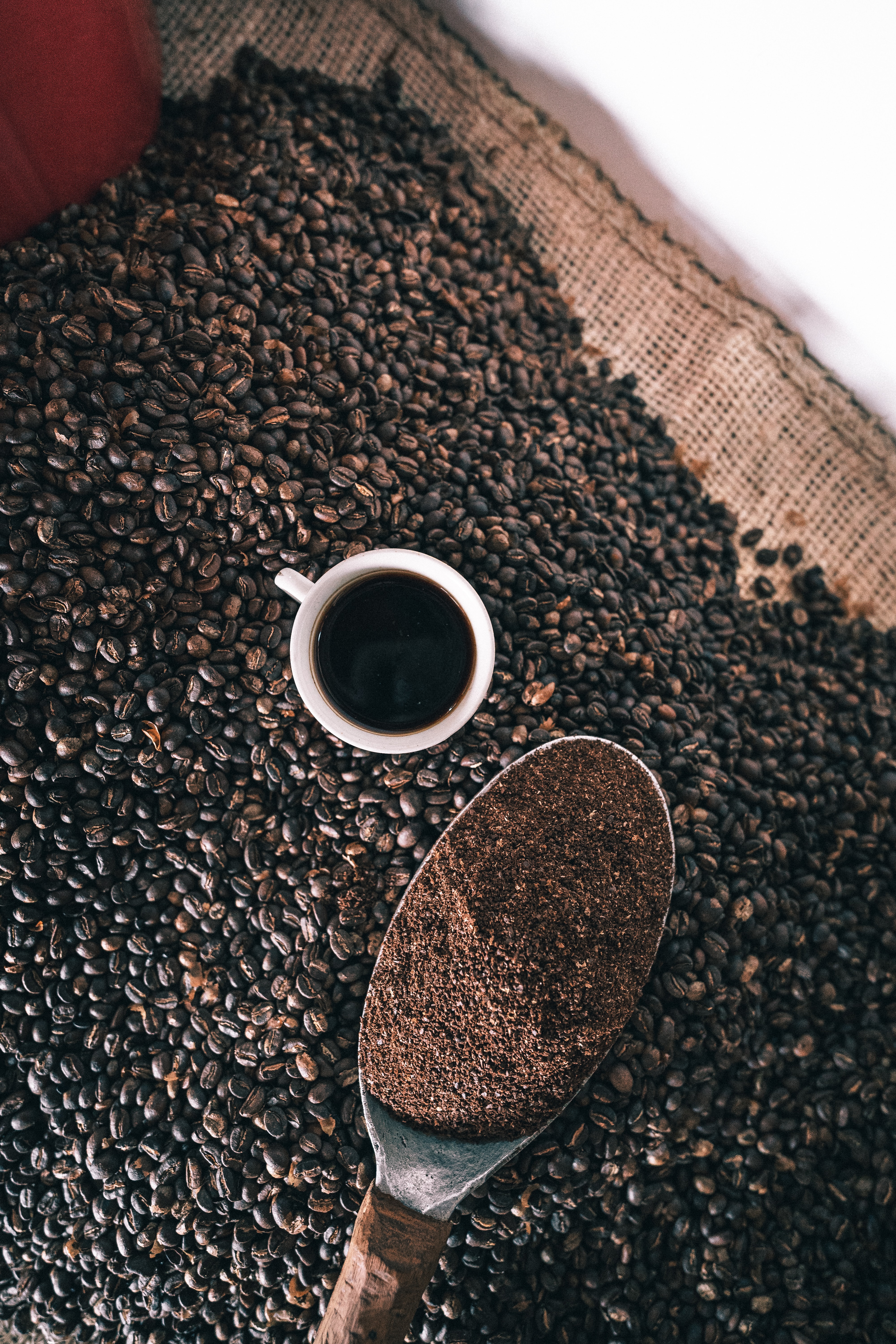Difference between Sumatra and Colombian Coffee
Despite them both being types of coffee beans, Sumatra coffee and Colombian have some key differences to be aware of. In this article, we’ll be breaking down the key features of both coffee variants to determine where their similarities and differences lie, to help those looking for new coffee flavours to explore find the right bean for them.
Sumatra coffee introduction
As you might be aware, Indonesia and coffee have a long history together. Originally, coffee grew wild in Ethiopia, but going via Yemen, Dutch colonists brought the plant to Indonesia in 1699. The plant quickly began to thrive, and Indonesia became the largest coffee producing nation in the world.
The coffee was exported from Jakarta on the Indonesian island of Java, and it’s because of this that Java became known as the best coffee in the world for a certain period of time. Coffee production on the island of Sumatra supposedly started around 1884, close to Lake Toba, which is the largest volcanic lake in the world.
Key features of Sumatra coffee
Low acidity
Coffee from Sumatra is well-known for being low acid coffee. There are a number of reasons for this, but the most important is how the farmers process the coffee. It is referred to as wet hulling (or giling basah in the native language) and is quite different to the process of washing coffee cherries in Latin America.
Once they have been picked from the coffee farms, the cherries are hand sorted and depulped straight away. The seeds (or beans) are then put in a plastic sack and left to ferment overnight. The rest of the pulp is then removed by hand the next day and the beans are left outside to dry.
In comparison to coffee that is washed at a station and more carefully dried, this results in a much more earthy and less acidic taste.
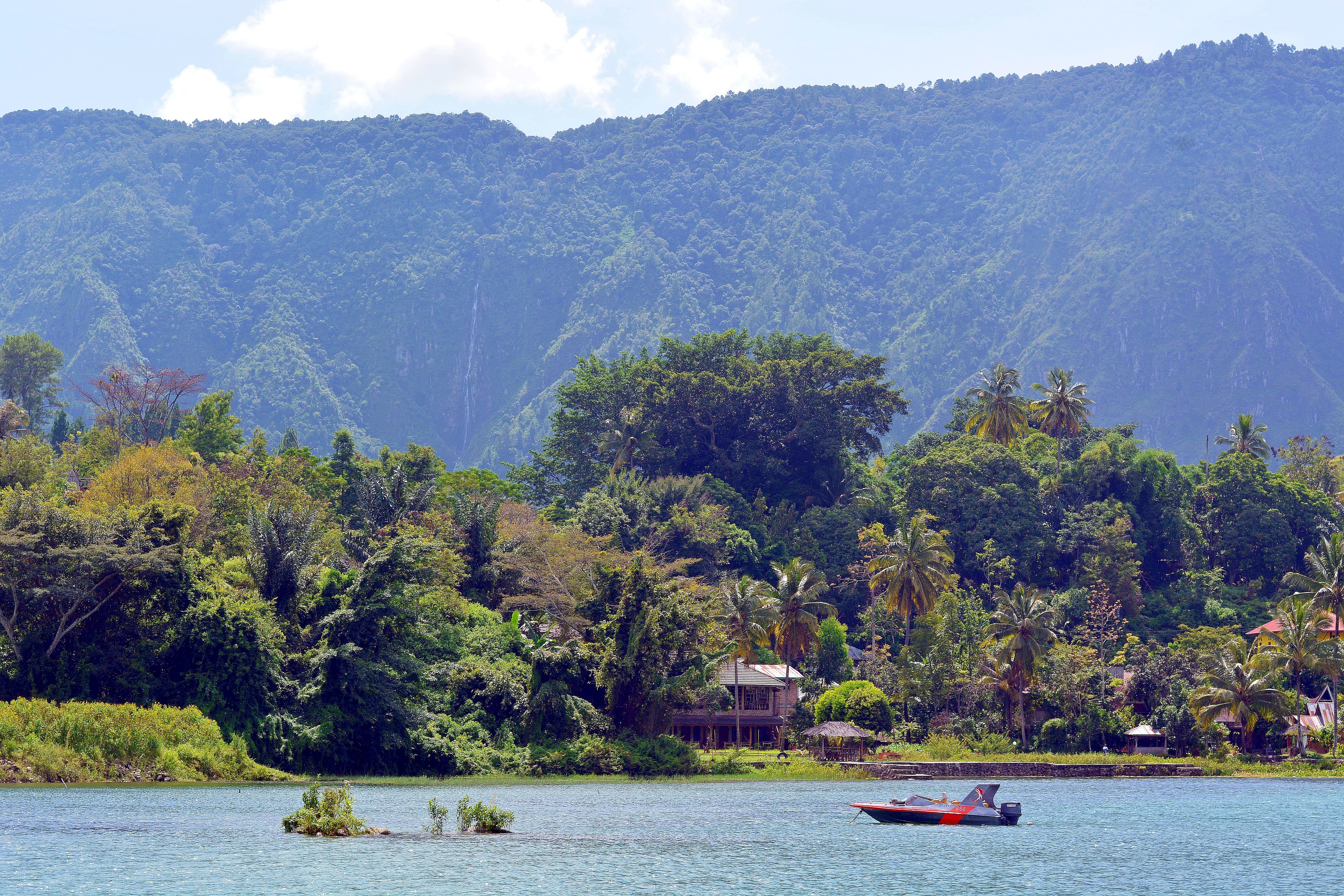
The taste
The taste of this coffee is often described as earthy, creamy, chocolatey, and even with a hint of mushroom. Due to the process and reduced acidity as mentioned above the body and mouthfeel of Sumatra coffee are brought to the forefront, whilst the subtle notes of stone fruit and berry are fairly muted.
For a lot of coffee buyers, particularly in the world of speciality coffee, this makes Sumatra coffee less appealing. However, many old-school coffee drinkers appreciate and enjoy the dark and brooding character of this type of bean.
It’s important to note though that not all Sumatran beans are wet-hulled. If you come across beans from the island that are either washed or dry processed, they typically have an amazing and more universally appealing taste with a pleasant acidity. Some even say that it is up there with Colombian coffee.
A dark roast?
Many people think that coffee from Sumatra is a dark roast, but the location of the beans and roast profile aren’t related to each other at all. It’s up to the roast master how they choose to roast a certain bean. However, it is expected that this coffee will be full-bodied, rich, and low in acidity, which is what the majority of roasters go for when they select a roast profile.
Starbucks is known for buying up large quantities of Sumatra coffee and roasting it quite dark to use as a base in their espresso blends or as a single origin. It might be this that has led to the assumption that there is a darker than normal ‘Sumatra roast'.
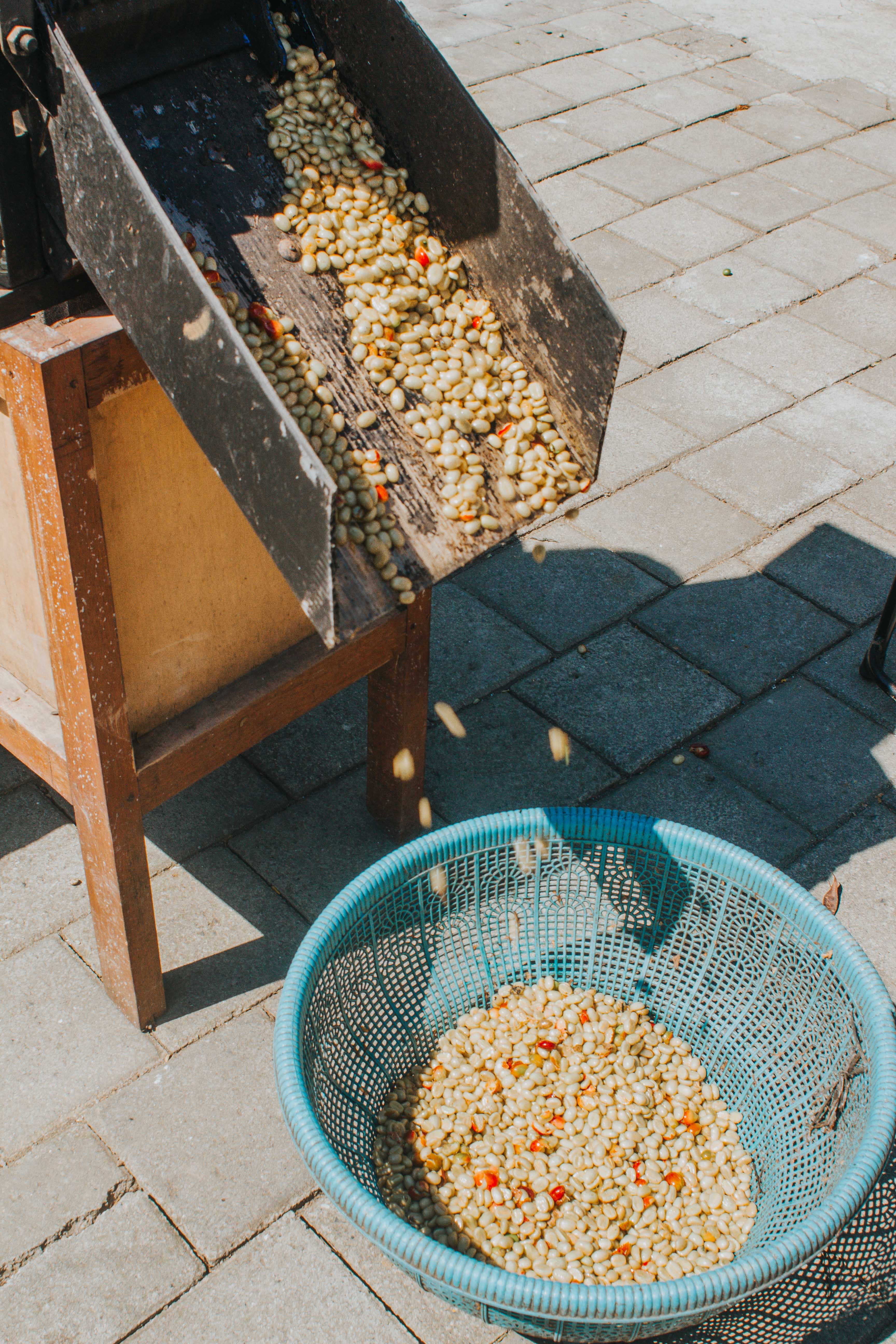
Colombian coffee introduction
Colombia is the third highest producer of coffee in the world, coming in behind Brazil and Vietnam. It is speculated that coffee was first introduced to Colombia in 1723 by the Jesuits.
The spread of coffee from this country was at first very slow, and actually didn’t become significant until the end of the 19th century. By 1912 though, coffee means made up a massive 50% of Colombia’s total exports.
Colombian coffee is grown in various areas within the country, it’s not its own type of bean. However, the coffee is well-known and praised by people around the world for its excellent flavour and aroma, as nearly all the beans that are grown are of the arabica coffee variety.
Key features of Colombian coffee
Harvest and geography
Colombian coffee produces two harvests a year, known as the main harvest and the smaller mitaca harvest. Most of the main harvest takes place between September and December with some happening between March and June. The time of the harvest is based on the geographical region.
Coffee is made in 20 of the 33 areas that make up Colombia. Production occurs throughout the northern half of the country in a line going from its south-eastern border with Ecuador to the north-western border with Venezuela. Of the 20 areas that generate coffee in Colombia, the most prominent are Cauca, Valle del Cauca, Tolima, Huila, Quindío, Risaralda, Nariño, Caldas, Antioquia, Cundinamarca, Santander, Norte de Santander, and Sierra Nevada.
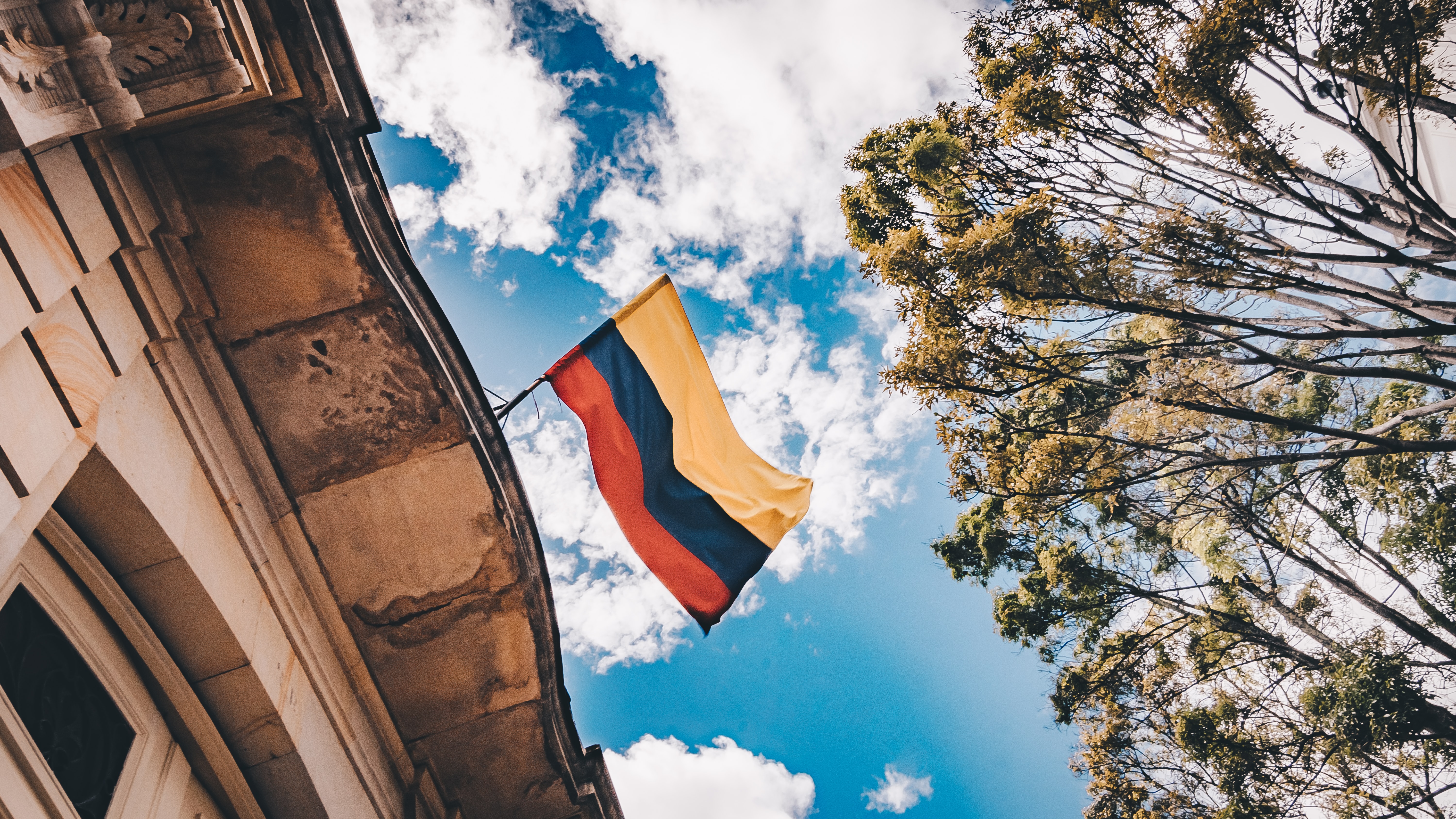
The taste
Colombian coffee is generally regarded as a crowd pleaser. High quality specialty Colombian coffee has flavours like a sweet chocolate, caramel, and nuts. This is very similar to Brazilian coffees, but with more acidity. Higher levels of acidity give the coffee a vibrant and refreshing quality that appeals to most coffee lovers.
As a result of these flavour profiles in many Colombian coffees including the very popular Colombia medellin coffee, they are ideal for mass consumption. The perfect balance in sweetness, acidity, and body makes many types of espresso blend. Colombian coffees really provide something for everyone, which is why they’re so commonly consumed by countries around the world.
Fair trade
Fair trade Colombian coffee is a term you have likely heard of when buying your coffee. Fairtrade is the only global sustainability organisation that ensures a minimum price for coffee. Fairtrade certified cooperatives like Colombia currently earn the Fairtrade minimum price for their coffee of $1.40 per pound, or $1.70 per pound organic, which is roughly 40% more than the market price.
Also, they earn $0.20 per pound in Fairtrade Premium, of this a minimum of 25% is invested in productivity and positive initiatives. Cooperatives invest the rest of the earnings in their chosen projects, ranging from processing facilities to community healthcare.
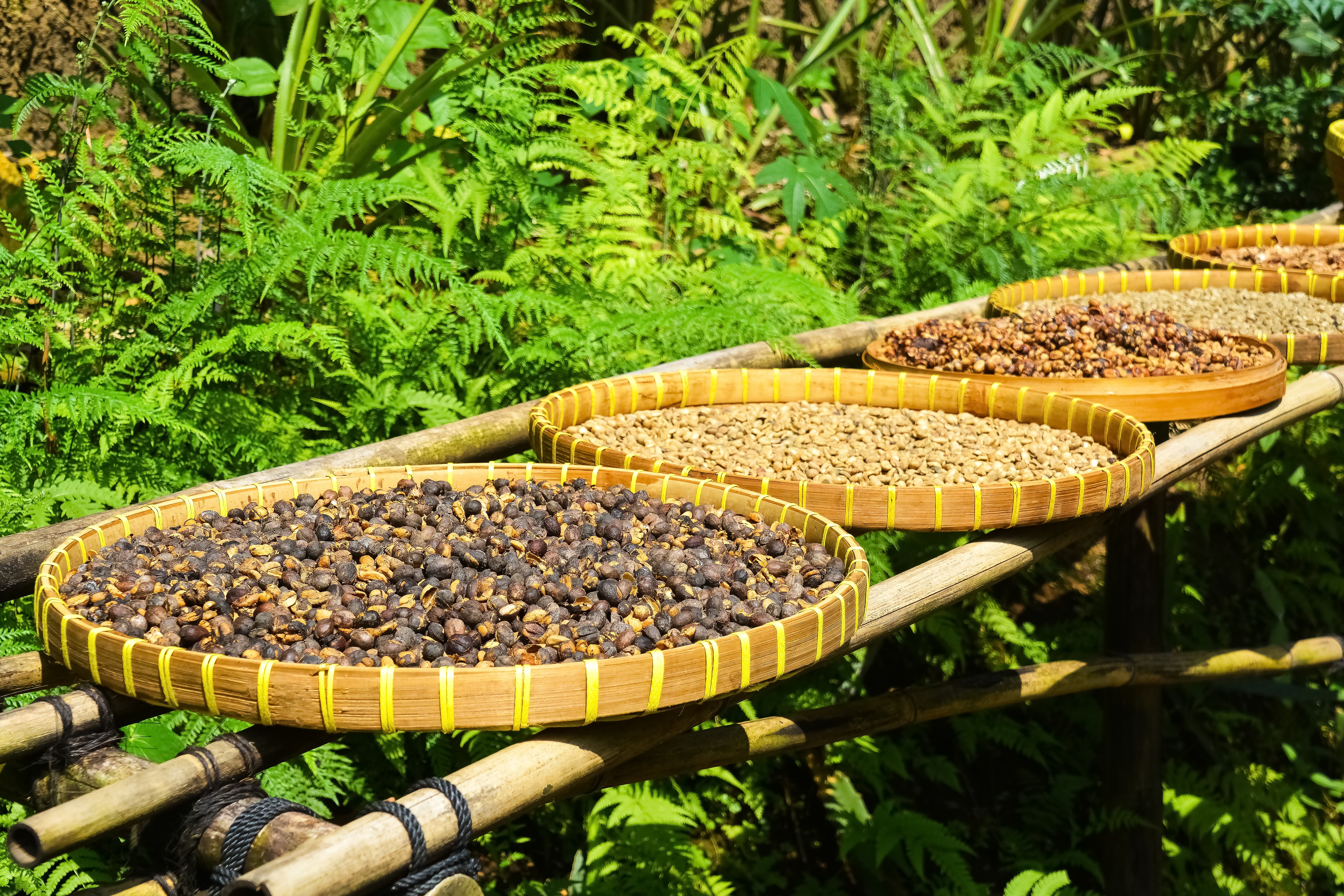
What is the difference between Sumatra and Colombian coffee?
As you can see, the most notable difference between these types of coffee is the taste. Sumatran coffee beans have low acidity which gives them a very grounded and robust flavour, whilst Colombian coffee has higher levels of acidity which creates a lighter, fresher taste.
These contrasts in flavour and body mean these coffees will likely appeal to different audiences. Sumatra coffee will be a great choice for those who like strong, bold coffee flavours and are used to consuming specialty coffee of this profile. Whereas Colombian coffee will be a better choice for casual coffee drinkers or those just at the start of their specialty coffee journey.
At Pumphrey’s Coffee, we have a wide selection of coffees to suit any level of coffee enthusiast. Find your perfect blend with us today.

 Pound Sterling
Pound Sterling
